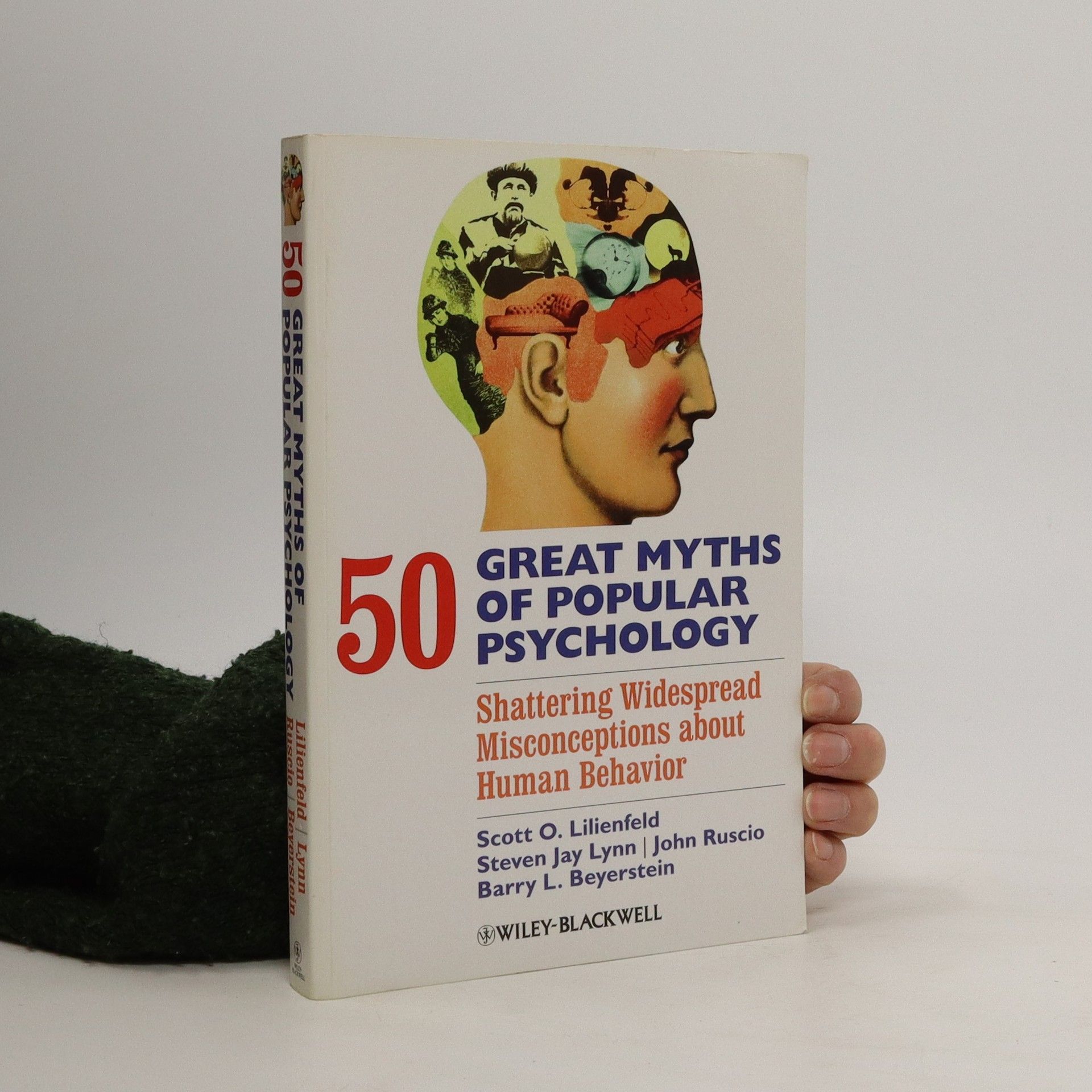50 Great Myths of Popular Psychology uses popular myths as a vehicle for helping students and laypersons to distinguish science from pseudoscience.# Uses common myths as a vehicle for exploring how to distinguish factual from fictional claims in popular psychology# Explores topics that readers will relate to, but often misunderstand, such as 'opposites attract', 'people use only 10% of their brains', and 'handwriting reveals your personality'# Provides a 'mythbusting kit' for evaluating folk psychology claims in everyday life# Teaches essential critical thinking skills through detailed discussions of each myth# Includes over 200 additional psychological myths for readers to explore# Contains an Appendix of useful Web Sites for examining psychological myths# Features a postscript of remarkable psychological findings that sound like myths but that are true# Engaging and accessible writing style that appeals to students and lay readers alike
John Ruscio Book order

- 2010